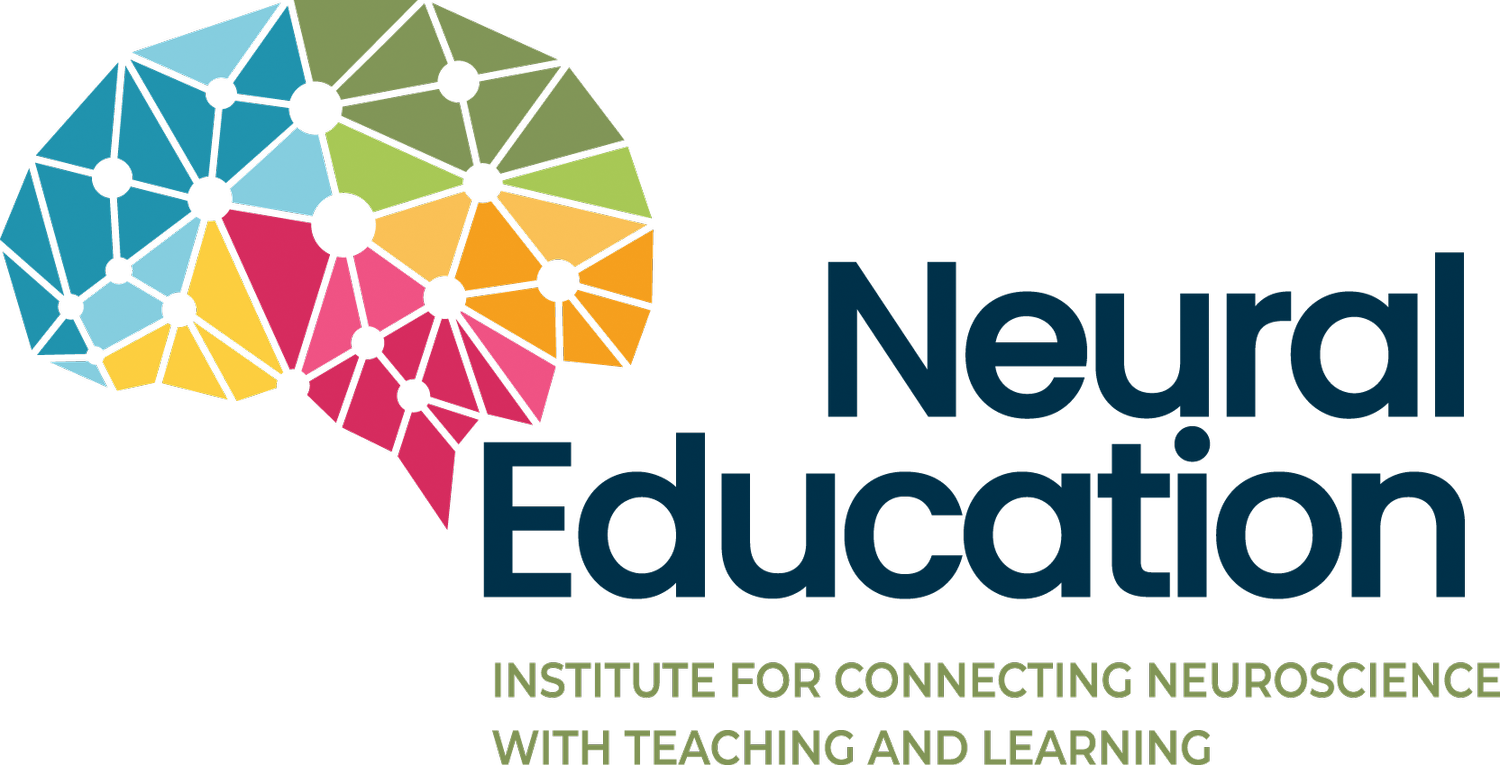The Transformative Power of Hope Molecules
Imagine a world where our bodies generate molecules of hope—molecules that travel through our bloodstreams and uplift our spirits. This isn't just imagery; it's science! During muscle contractions, muscles release myokines, known as “hope molecules.” These proteins reduce anxiety and depression symptoms, fostering optimism and well-being.
Dr. Kelly McGonigal from Stanford University explores the myriad benefits of hope molecules in her book, The Joy of Movement. These myokines cross the blood-brain barrier, acting as natural antidepressants. They promote neurogenesis, the growth of new neurons, and even combat cancer cells. This biochemical miracle not only enhances our mood but also fortifies our bodies and brains against disease.
Frequent and consistent physical activity, both within and outside our classrooms, is a cornerstone of resilience. It lowers elevated cortisol levels (a stress hormone), increases endorphins (our body’s natural mood enhancers and pain reducers), and releases neurotransmitters for learning, focus, and heightened awareness.
Actionable Steps:
Commit to Daily Movement: Engage in 30 minutes (total) of physical activity each day. This could be a brisk walk, a yoga session, lifting weights, or a fun dance break to a favorite song.
Incorporate Movement in the Classroom: Use short, movement-based breaks with deep, diaphragmatic breaths (See Dr. Andrew Huberman’s Physiological Sigh" Try stretching, jumping jacks, or a quick “30 Second Dance Party.”
Be Consistent and Intentional: Understand what we are doing and how it affects our body and brain states. Ask students, “Why are we doing this, and how does it help us? How did we feel before, and how do we feel now?”
Resetting Our Nervous System: The STOP, BREATHE and BE Technique
Dr. Aditi Nerurkar’s book, The 5 Resets, offers invaluable techniques for managing stress responses. Her STOP, BREATHE, and BE method helps us move beyond releasing toxic stress to being fully present with students and staff. This reset practice creates a common language and helps everyone move forward together.
Actionable Steps:
Practice Intentional Resets: Use STOP (subtle hand signals), BREATHE, and BE regularly at home, school, and elsewhere. Even a moment of Dr. Andrew Huberman’s Physiological Sigh can reset our nervous system.
Teach and Share: Incorporate this practice into classroom routines to support a regulated and focused learning environment. Normalize stress by addressing it directly with our students and teams.
